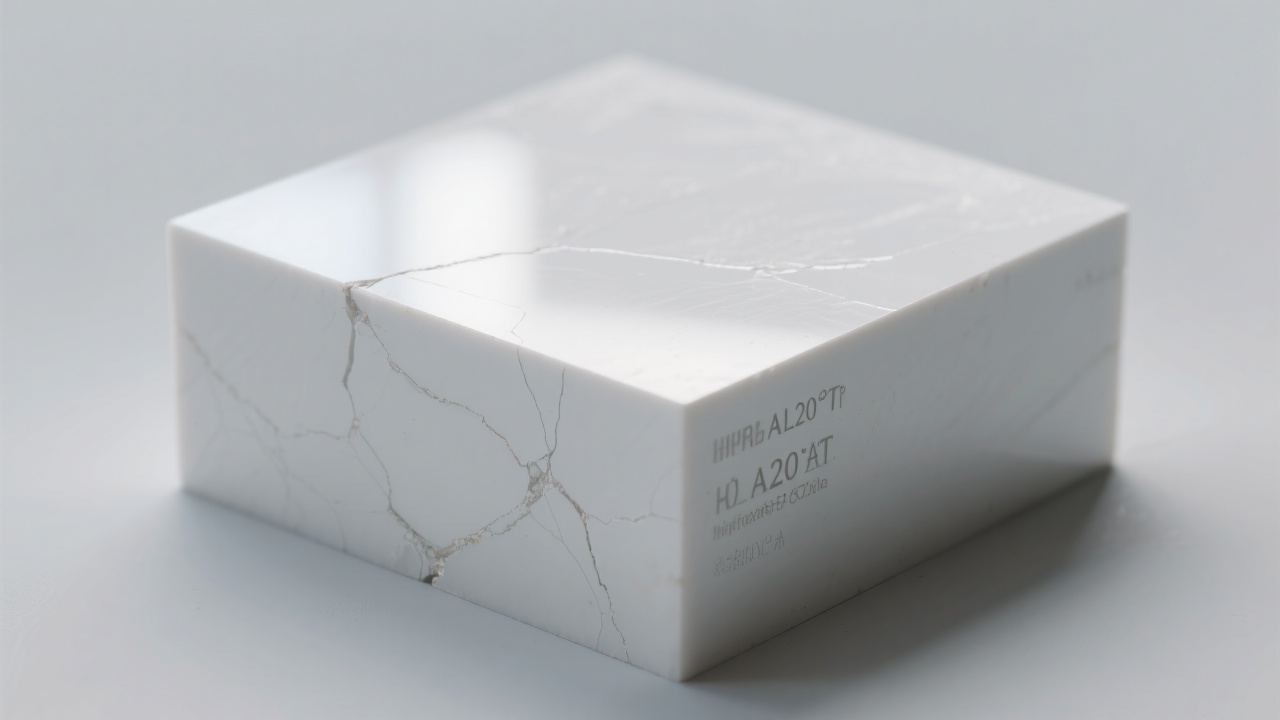Why Cordierite Kiln Furniture Is the Top Choice for Rapid Heating and Cooling Applications
04 08,2025
Special report
In high-temperature processes involving rapid thermal cycling, traditional kiln furniture often fails due to thermal shock cracking—leading to costly downtime and inconsistent product quality. This article explains why cordierite kiln furniture has become the preferred solution in extreme heat environments: its low-density porous structure and ultra-low creep rate offer superior thermal shock resistance compared to conventional ceramics, enabling stable operation between 1000°C and 1300°C. We break down common failure causes like sudden temperature gradients, improper installation, and excessive thermal cycles, and provide a standardized maintenance routine including cleaning, crack inspection, proper storage, and temperature logging. Real-world applications in ceramics, metals, and composites are explored with actionable insights—helping users extend kiln furniture life, reduce waste, and improve production continuity. Learn how smart maintenance can prevent unexpected failures before they happen.

Why Cordierite Kiln Furniture Is the Smart Choice for Rapid Heating and Cooling
In high-temperature industrial processes—especially those involving rapid thermal cycling—traditional kiln furniture often fails prematurely due to thermal shock. According to a 2023 study by the International Journal of Ceramic Engineering, over 68% of kiln failures in ceramic manufacturing are directly linked to material fatigue from inconsistent heating/cooling rates.
The Science Behind Cordierite’s Superior Performance
Cordierite (Mg₂Al₄Si₅O₁₈) isn’t just another ceramic—it’s engineered for extreme conditions. Its unique combination of low density (~2.5 g/cm³), controlled porosity, and minimal creep at elevated temperatures makes it ideal for applications between 1000°C–1300°C.
| Material |
Thermal Shock Resistance |
Max Temp Range |
| Standard Alumina |
Low (fails after ~20 cycles) |
800–1100°C |
| Cordierite |
High (stable up to 100+ cycles) |
1000–1300°C |
“In our German ceramics plant, switching to cordierite kiln furniture reduced unplanned downtime by 44% within six months.” — Dr. Lena Schmidt, Process Engineer, Schott AG
Common Causes of Failure & How to Prevent Them
Even with the best materials, improper handling can lead to premature failure:
- Temperature gradient spikes: Sudden cooling from 1200°C to room temp causes microcracks. Solution: Use slow-cooling protocols (≤50°C/min).
- Improper stacking: Uneven weight distribution leads to stress points. Always follow manufacturer guidelines.
- Excessive thermal cycles: After 100+ cycles, even cordierite shows signs of wear. Implement predictive maintenance logs.
Industry-Specific Best Practices
Each sector has distinct needs:
- Ceramics: Prioritize uniform heat transfer—use cordierite shelves with open-cell structure.
- Metal Heat Treatment: Focus on dimensional stability—avoid sharp corners that concentrate stress.
- Composites: Reduce contact area to minimize thermal mass—opt for lightweight cordierite supports.

Proactive Maintenance = Longer Lifespan
A standardized daily routine ensures consistent performance:
- Inspect for cracks using UV light or dye penetrant testing.
- Store upright in dry, ventilated areas—no stacking beyond 3 layers.
- Record temperature profiles per batch—track deviations early.
You may have experienced this: one day your kiln runs smoothly, the next—sudden fracture. If you're facing similar issues, share your scenario below—we’ll help you diagnose and prevent future failures.



